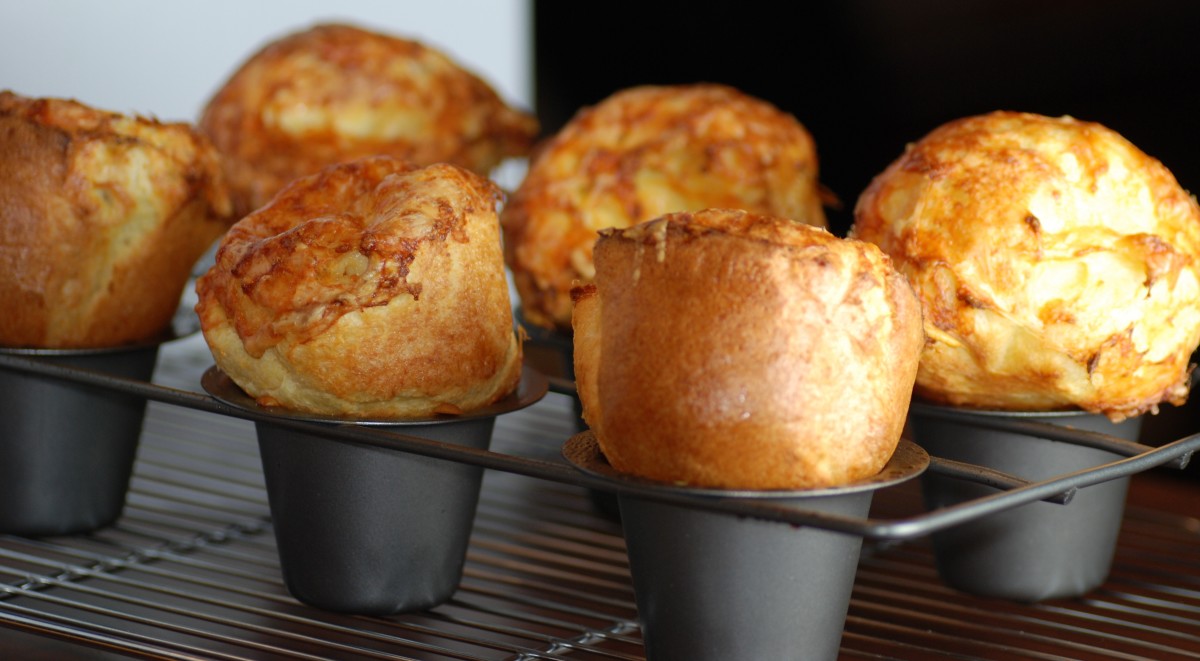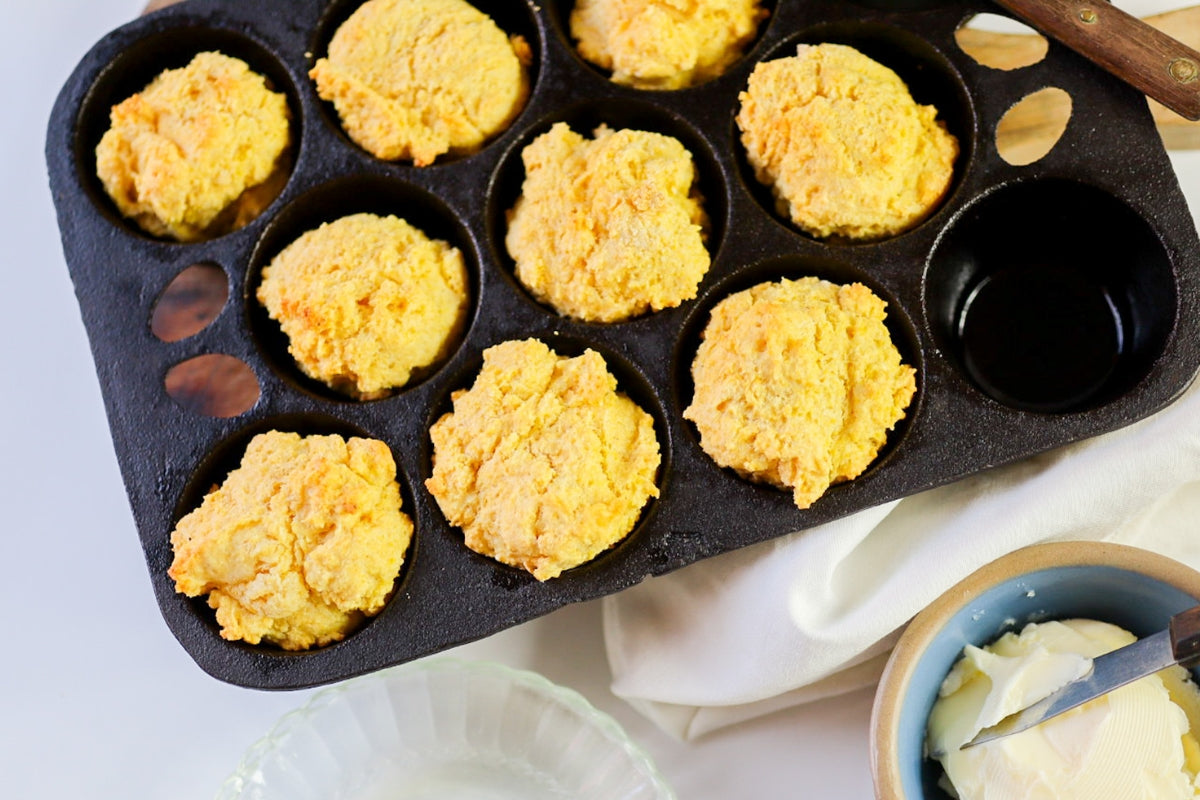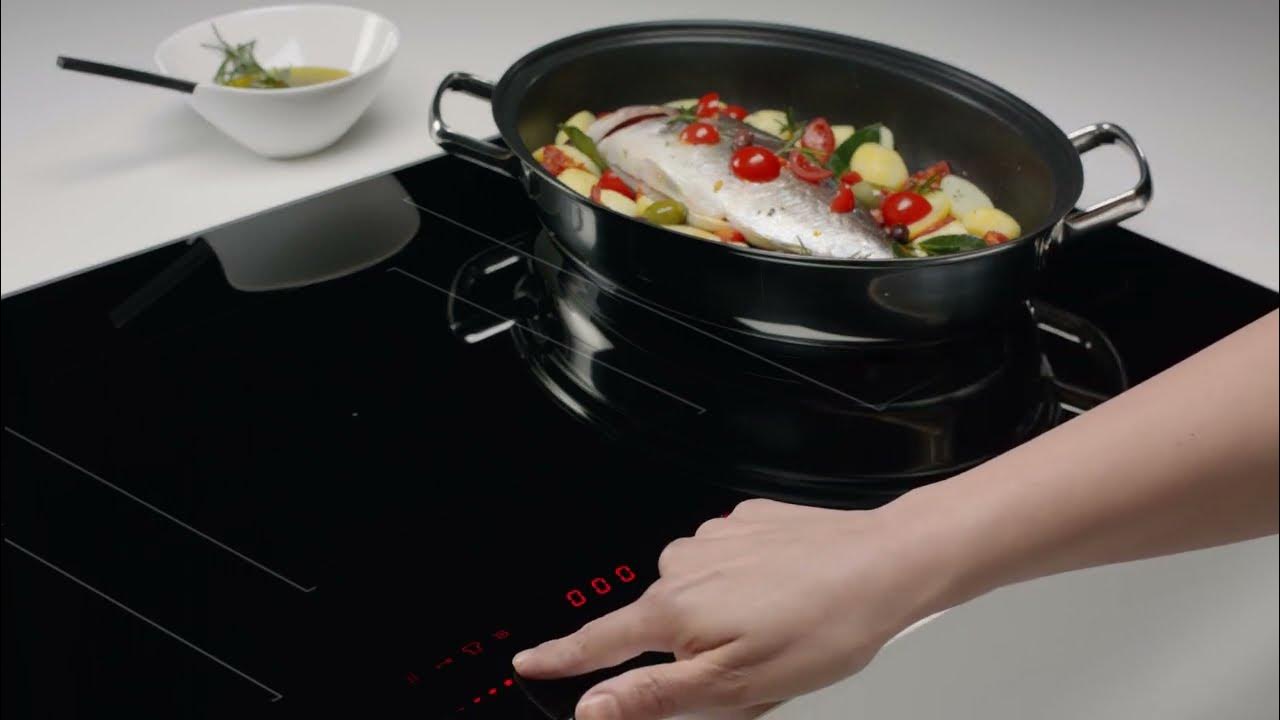In the culinary world, every tool is essential, and the decision between a cast iron muffin pan and a cakelet pan is a significant one. Each pan has its unique strengths and features tailored to specific baking needs. Getting to know these distinctions can greatly influence your baking success, whether youre whipping up light pastries or rich, fluffy muffins.
For those working in kitchens, understanding when to use each pan is vital for enhancing both efficiency and quality. This article aims to explore the details of each option, helping you make a knowledgeable choice as you gaze into your well-stocked kitchen pantry.

The Charm of Cast Iron Muffin Pans
Cast iron muffin pans are celebrated for their longevity and superior heat distribution. Chefs often favor them for their rustic elegance and sturdy design. These pans excel at producing muffins that are baked evenly, with a pleasing crust on the outside.
The primary benefit of using a cast iron muffin pan is its incredible heat retention. Once heated, these pans maintain their temperature, providing consistent baking results. This characteristic is especially advantageous in busy kitchens where keeping the oven's temperature stable can be challenging. Moreover, over time, they develop a natural non-stick surface that allows for easier removal of baked items without the need for extra fats or oils.
However, cast iron requires careful maintenance to avoid rusting and to keep its seasoning intact. This includes regular oil seasoning and thoughtful cleaning practices. For an in-depth guide on caring for cast iron pans, check out The Pioneer Woman.
The Adaptability of Cakelet Pans
Cakelet pans bring a different set of benefits to the table. Generally crafted from non-stick aluminum or silicone, these pans are lighter and easier to manage than cast iron ones. Cakelet pans are tailored for creating small, beautifully shaped cakes, ideal for special events or refined dessert displays.
The non-stick surface prevalent in many cakelet pans makes the baking process much simpler and reduces the need to grease the pans. This ensures that the cakelets retain their intricate shapes post-baking. If your goal is to create visually striking desserts with ease, a cakelet pan could be your best kitchen companion.
However, mastering the perfect bake with cakelet pans can be tricky. Since they are often made from thinner materials, they tend to heat up quickly and might require precise temperature control to prevent overcooking. For insightful strategies on optimizing your cakelet pan, refer to this helpful guide on Foodie.
Contrasting Durability and Maintenance
When it comes to durability, cast iron muffin pans clearly outshine cakelet pans. With proper care, cast iron pans can last a lifetime. They are less prone to warping and can endure high temperatures, making them versatile for various cooking and baking tasks.
In contrast, cakelet pans require more cautious handling. Their non-stick coatings can degrade over time, particularly if not treated gently. Its best to utilize silicone or wooden utensils with these pans to prevent damage to the surface.

Selecting the Right Pan for Your Kitchen
The ultimate decision between a cast iron muffin pan and a cakelet pan hinges on your specific kitchen needs. If you regularly bake muffins or need a pan that can also serve as a cooking vessel, the cast iron muffin pan is an excellent selection. Its durability and versatility make it a must-have for many professional kitchens.
If your baking projects frequently call for intricately shaped desserts, investing in a quality cakelet pan could be worthwhile. Its ability to produce visually appealing and uniquely shaped baked delights makes it a fantastic addition to your culinary toolkit.
Both pans hold significant value in a well-equipped kitchen. By understanding their distinct traits and how they complement your style of cooking, you can fully capitalize on your baking endeavors.
FAQs
Q: Can cast iron muffin pans be used on stovetops?
A: Yes, many cast iron muffin pans are versatile enough for stovetop use, allowing for innovative cooking approaches.
Q: How can I prevent my cakelet pan from sticking?
A: Apply a baking spray or lightly brush the pan with butter or oil before adding the batter to minimize sticking issues.
Q: Which pan is more suitable for beginners?
A: For novices, a cakelet pan may be easier to work with due to its non-stick features and lighter weight.
For more baking insights and cookware tips, consider visiting Wilton's blog for detailed guides.
Additionally, if you're exploring cooking techniques, check out how to balance textures in your meals on this link. Don't forget to look into the advantages of using butter versus oil in your cast iron muffin pan with this article as well!
This article contains affiliate links. We may earn a commission at no extra cost to you.






Leave a comment
This site is protected by hCaptcha and the hCaptcha Privacy Policy and Terms of Service apply.